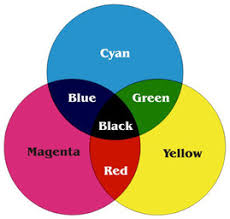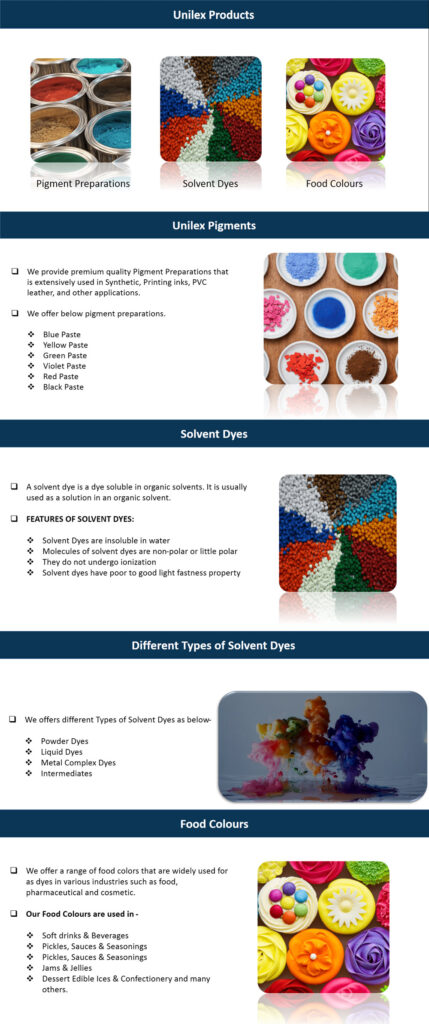Lead chromate is the primary constituent of Chrome Pigments, as well as light yellow and middle chromium. The latter two are found in paints and printing inks, and were first used before 1810. In 1817, Denis, Maurice and Renoir published Theories of Colour, and Maerz and Paul published A Dictionary of Color. In 1973, Raft, A., and Zerr, Rutherford John published ‘Chrome Yellow and Other Chromate Pigments’.
These colors are used in many different products. The reddish yellow pigment, for example, darkens with light. Other pigments, like cadmium yellow and azo yellow, have been substituted for the toxic lead in chrome. Since these pigments are no longer considered safe to use, they have been dropped from many commercial artists’ paints. Prior to 2008, the last commercial manufacturer to use the red pigment was Sennelier.
Middle Chrome Pigment
Middle Chrome Pigment is the most popular type of the three. It is a monoclinic mineral and is used for pigmenting plastics and PVC leather. Its high temperature and light resistance make it a perfect coloring pigment for these products. It is available in various weights. ANUTHERM M-15 is the most commonly used type of Middle Chrome Pigment, and it is suitable for use in Plastic Master Batches and inks.
Lemon Chrome Pigment
Lemon Chrome L-24 is a monoclinic Lead Chromate. It offers good light and weather fastness and has a comparatively high dispersion property. This type of pigment is used extensively in automotive and refinishing applications. This material is nontoxic, pure, and offers excellent fastness to light and acidic environments. So, if you are looking for a quality lead chromate for your paint, look no further.
ANUCHROME Lemon Chrome L-21 is a monoclinic lead chromate pigment that has excellent colour purity and cleaner Full Tone. Its high stability and fastness to light make it an excellent choice for Inks and plastics. A good source of this product is Unilex Colours & Chemicals Limited, where you can find an extensive range of products for paint and varnish. They are both nontoxic, pure, and are available at competitive prices.

Anuchrome Red S-46 is a scarlet Chrome pigment with a bluer tone. It is used in paints and Printing Inks as a raw material. It has good light fastness and is suitable for automotive and ceramic coatings. Its yellower tone makes it a good choice for the automotive industry. The other types of Red include ANUCHROME S-46 and Molybdate Orange.
Lead chromate Green is a mix of iron blue and lead chromate. Its high color strength makes it ideal for paints and coatings. Moreover, the pigment’s high light fastness makes it suitable for automobile paints. It is also suitable for painting textiles and plastics. A wide variety of uses for chrome green can be found in the paint industry. The application range of chrome green in automotive applications is endless.
In the early nineteenth century, a new pigment called chrome yellow was developed that provided a bright opaque yellow. Its light fastness was very good, which made it ideal for automotive coatings. In addition, it was very expensive, which led to its popularity among nineteenth century artists. During this period, it was extensively used by the masters of the time. During this period, chrome pigments were widely used in paints, coatings, and inks.
As of 2014, the world’s demand for chrome pigments was estimated to be worth USD 5 billion. While it has many applications, it is highly volatile, and its high lead content makes it vulnerable to substitutes. This is a definite concern for the future of the industry. A recent study published in Nature showed that chromium is more toxic than most other materials. Thus, a study of its use in paints and coatings is necessary.
The main disadvantage of Lead Chromite is that it is unstable. While its toxicity does not affect humans or animals, it is highly toxic. It is widely used in paints, and is present in many forms in the nineteenth century. It is used in landscape paintings and in many types of artworks. In addition to landscapes, Chrome Yellow was also a key colour in Impressionism and the nineteenth-century art movement. It was one of the first colours of the century and is still a popular color today.


